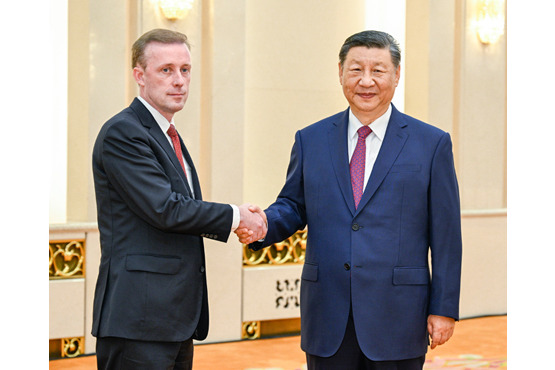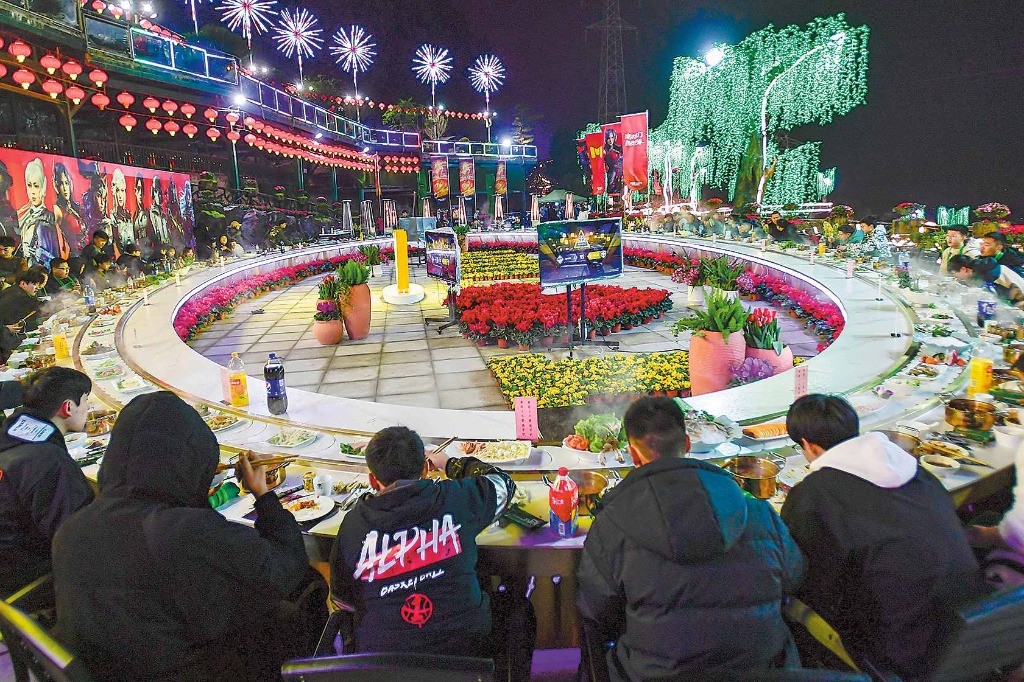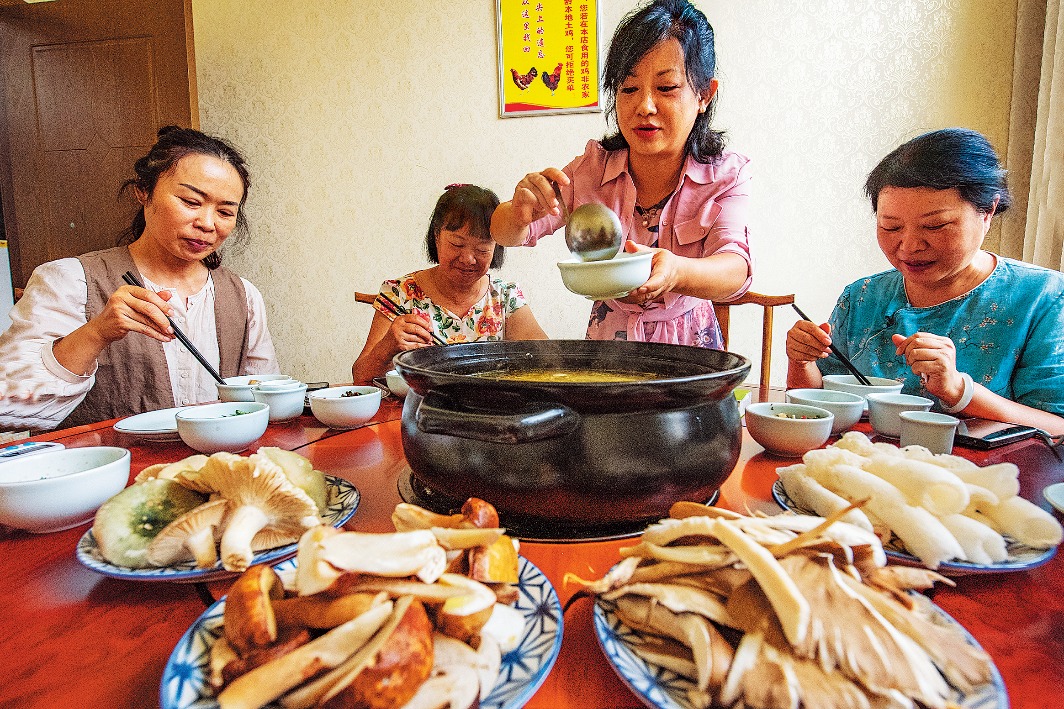High green quotient marks B&R project in Peru


European beech can grow nicely at an altitude of 500 meters where light and warmth can aid it to thrive. Eucalyptus cannot be planted above 1,500 meters as it is not cold-resistant. Above 3,000 meters, cedar trees can endure the cold winter, maintaining a growth rate of 30 centimeters per year.
What have these arboreal details got to do with the Belt and Road Initiative? Plenty, said Wang Hantao, head of the forestry management unit for the Andes National Road project in Peru. His understanding of these trees is thorough.
While building infrastructure such as roads, bridges and railways to improve the lives of people in countries and regions participating in the BRI, Wang's employer, State-owned China Railway 20th Bureau Group Corp, is paying careful attention to protecting the local environment.
CR20G, a subsidiary of Beijing-based China Railway Construction Corp Ltd, and its domestic partners are responsible for building the Andes National Road project, also known as the Carretera Huanuco-La Union-Huallanca road project. The road crosses the Andes Mountains with a total length of 236.63 kilometers. About 90 percent of the sections have an elevation of over 3,000 meters.
"August is the driest season in Peru. The saplings planted at the spoil ground are in a critical maintenance period, so we need to irrigate them every day. When the rainfall is sufficient next year, we will only need to water them once every three or four days," said Wang.
The native forests along the highway are non-renewable resources of the Andes Mountains. To protect these trees, Wang and his team have to mark the trees within the red line area before construction begins and use advanced tree transplantation techniques to relocate them.
Once construction is completed, the trees are transplanted back to their original locations, said Wang.
Located in central and western regions of Peru, it is the country's largest infrastructure project under construction. The contract is valued at $375 million, according to information released by China Railway Construction Corp (International) Ltd, another subsidiary of CRCC.
Construction works began in 2019, and the entire project is expected to take 11-12 years to complete.
After the completion of this main passage from the Andes Mountains to other areas within Peru, it will be connected to the Pan-American Highway, a network of roads stretching across the Americas, measuring about 30,000 km in total length.
As a key infrastructure project to promote local socioeconomic development and improve people's livelihoods, it will benefit more than 270,000 people in 243 towns along the road, greatly improving local transportation conditions, said the Xi'an, Shaanxi province-based CR20G.
Wan Zhe, a researcher at the Belt and Road School of Beijing Normal University, said that with the Chinese government prioritizing environmental protection as a key principle of Belt and Road collaboration, more Chinese companies are focusing on environmental preservation and conservation as they undertake construction projects in participating countries and regions.
"Over the years, Chinese companies have become more familiar with the laws, regulations and cultures of various countries. They understand that improving their environmental, social and governance performance can enhance their business operations," said Wan.
Many Chinese companies have also developed greater capacity to engage with local communities and non-governmental organizations, she said.
Sharing similar views, Zhou Lisha, a researcher at the Institute for State-owned Enterprises, which is part of Tsinghua University in Beijing, said these moves have significantly cut carbon emissions, reducing pollution and protecting biodiversity while providing improved economic opportunities for the countries and regions involved in the BRI.
With more than 17,000 employees, CR20G has built a market presence in more than 20 countries, including Angola, Mozambique, Uzbekistan and Mongolia.
Apart from the design and construction of transportation infrastructure, CR20G's business scope includes real estate development, manufacturing, logistics and trade, railway transportation, environmental protection, engineering project inspection, design consulting and training.
- Vehicles, road and cloud key to future of driving
- State Grid Henan Power Transmission and Transformation Construction wins bid for Thailand transmission line general contracting project
- Laos railway exemplifies development of BRI
- China's aid programs help other Global South nations realize shared prosperity
- Copper asset in Zambia a true gold mine




































